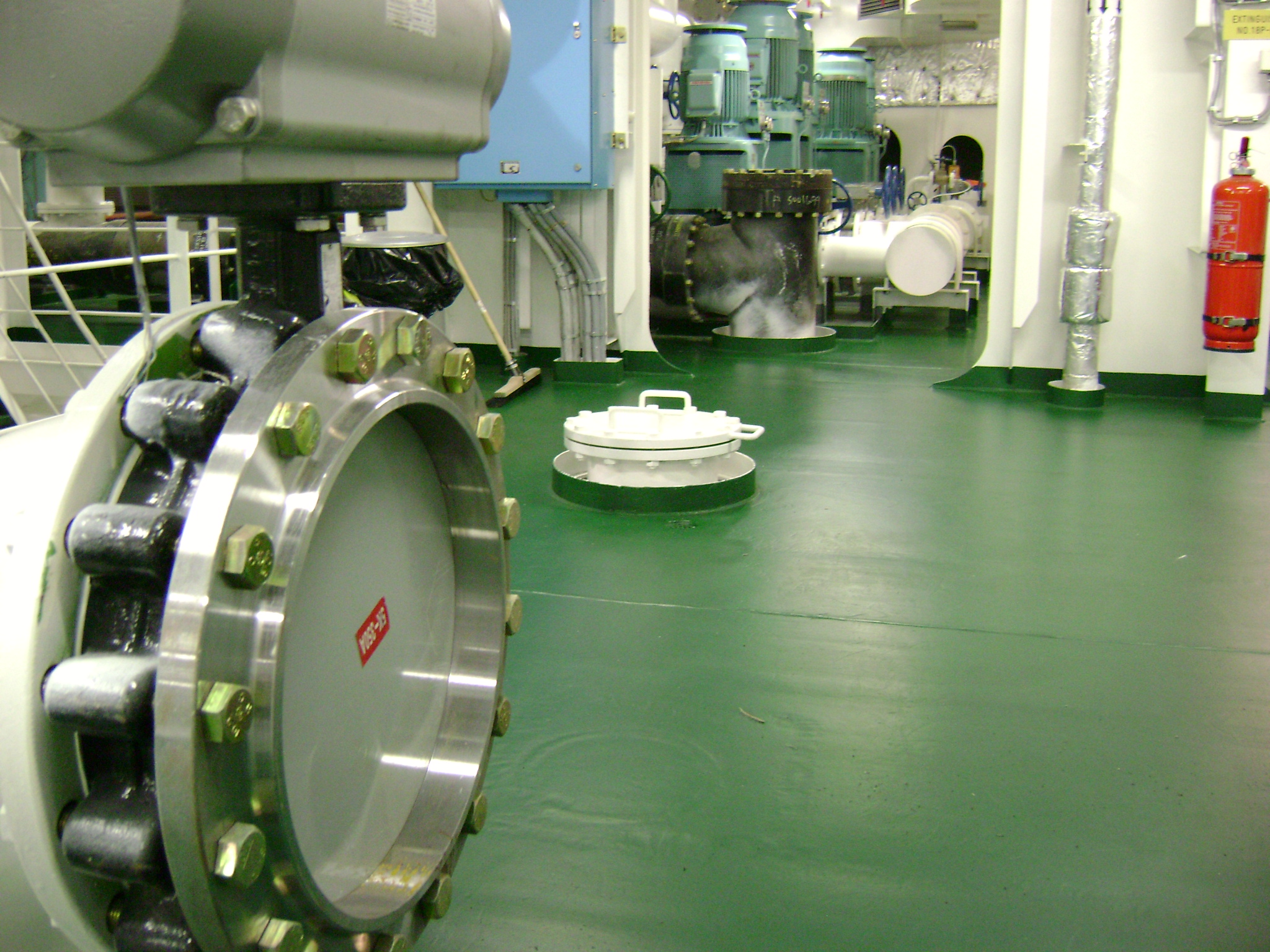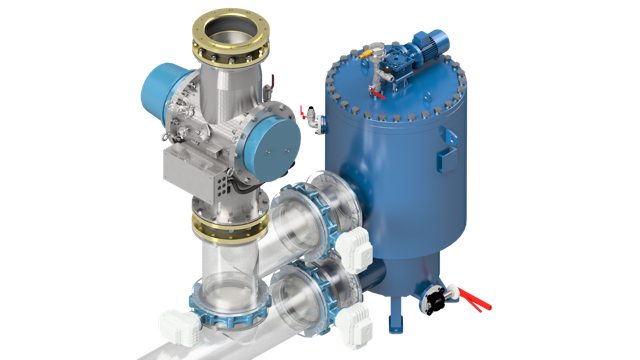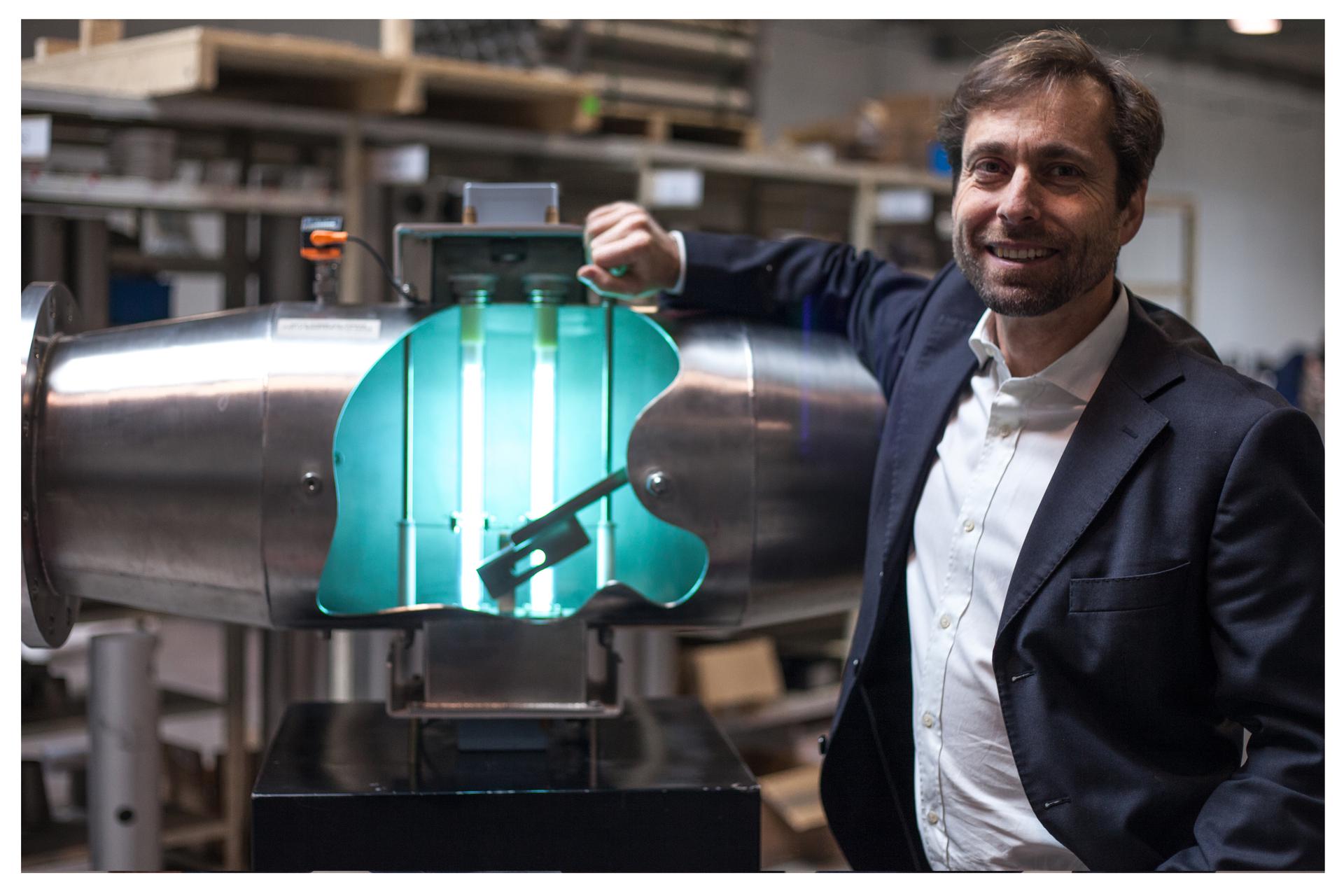Only ballast water treatment systems that have been put through more rigorous design (type approval) testing can be installed on ships from 28th October 2020. Then from (possibly) May 2022 all new installations need to have a more rigorous post installation (commissioning) test run before a ship can (re)enter service.
A new requirement is about to hit shipping. It is a deadline about the way ballast water treatment systems are approved for use in the industry. In one way it is a good thing, in that it strengthens the standards for equipment which has the objective of reducing the spread of marine species around the world – an environmental problem that has already been catastrophic in some places. But is this again, a case of the stable door being bolted shut once the horse has run?
The new deadline is based on the IMO ballast water management code type approval which strengthens the requirements that manufacturers were already under to make sure their technology meets the expectations written into the ballast water convention. The convention states how many organisms, in a particular volume of ballast water, are permitted when that water is discharged during vessel operations.
The original guideline on how new technology should be tested was seen by many to be too weak, allowing systems to be designed, approved and then sold that were not effective in stopping the spread of alien species.
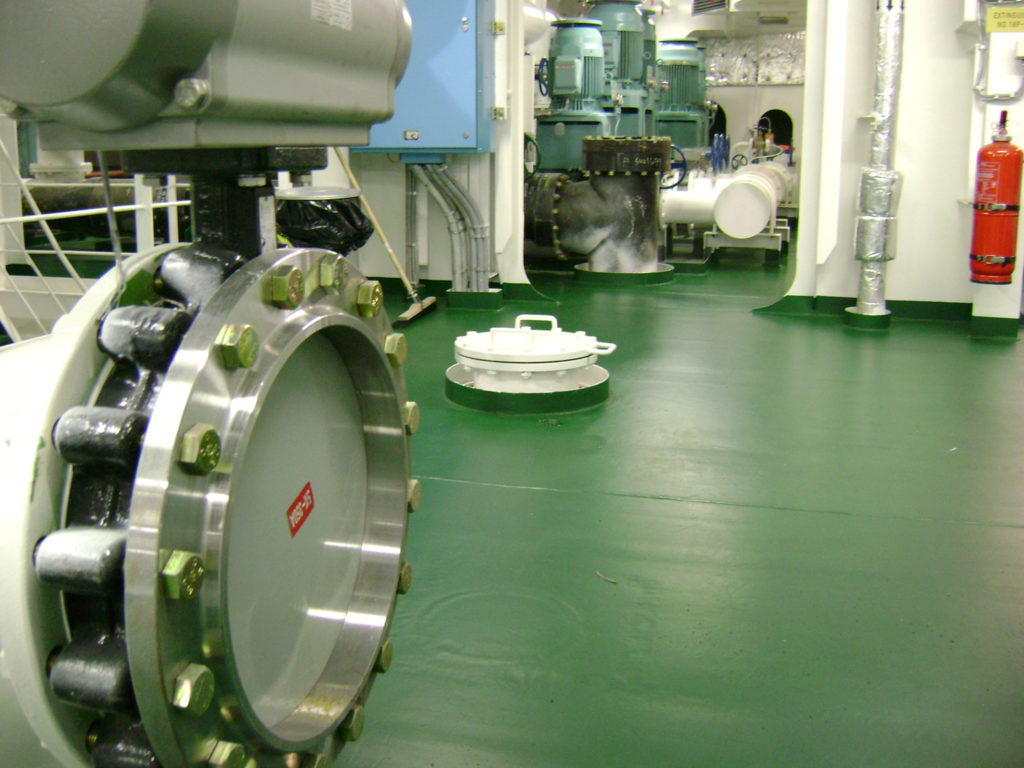
Copying the USA
When the US Coastguard wrote its own separate regulations, they were much tougher and included, for example, independent testing (where manufacturers’ representatives are not part of the testing process) and tougher discharge requirements. The new IMO BWMS code mirrors this more stringent approach. For manufacturers seeking IMO type approval certification of new technologies this code came into force in October 2019, but it is only now that it applies to all systems that will be installed onboard. The precise wording actually says that systems that have been type approved under the old (G8) guidelines can only be installed before 28th October.
As examples – under the new code systems makers need to test under three water conditions (fresh water, brackish and saltwater) to get approval for those three conditions. The same applies for temperature ranges and turbidity (an important criteria for systems using ultraviolet light and vessels that load ballast in muddy waters). The system is approved for a specific capacity or flow rate range. This is a critical parameter given a vessel’s ballast pumps have a specific capacity, which the ballast water treatment systems must be able to match.
All systems, when installed, still need a separate approval from a flag state surveyor or class society (acting as an RO) to state it has been installed correctly and is safe. In the future this testing of a system once installed onboard will also include efficacy testing by an independent contractor. This will involve the ship’s crew running a full ballast water cycle (after learning how the system works) and be prior to the shipowner getting system certification. Some experts believe that this first run of the system and the period waiting for the test results could take a few days to do and potentially leave a vessel tied alongside.
This additional requirement – which is written as an amendment to the ballast water regulations, was supposed to have been discussed and approved at the IMO earlier this year -and thus come into force a year and a half later (October 2021), but with COVID delays it is likely to be May 2022 now according to the IMO.
These new or amended requirements come in 2020 and 2021 a long time after the ballast water convention was originally written and approved in February 2004, and came into force in 2017. The environmental problem is even mentioned in other UN documents – the BWM convention opening text refers to a 1982 UNCLOS text on the subject.
New bottlenecks again
This new code is important because there are still a huge number of vessels that need to have systems installed. Installation is largely done during a vessel docking, with commissioning once it leaves the dock, though not all. Some owners and some system makers have been able to get systems installed while a vessel is still in service.
Martin Olofssen Principal engineer at DNV GL says there will be an installation peak in the summer of 2022 when up to 10,000 vessels come up for one of their mandatory inspection surveys, a key deadline for when ships need to meet the convention requirements (and thus have working equipment onboard)
The challenges facing manufacturers to get their systems approved to the new standards will be costly (though if the system has already been approved by the USCG then perhaps less so, and likely to be largely the same process for any new systems coming onto the market).
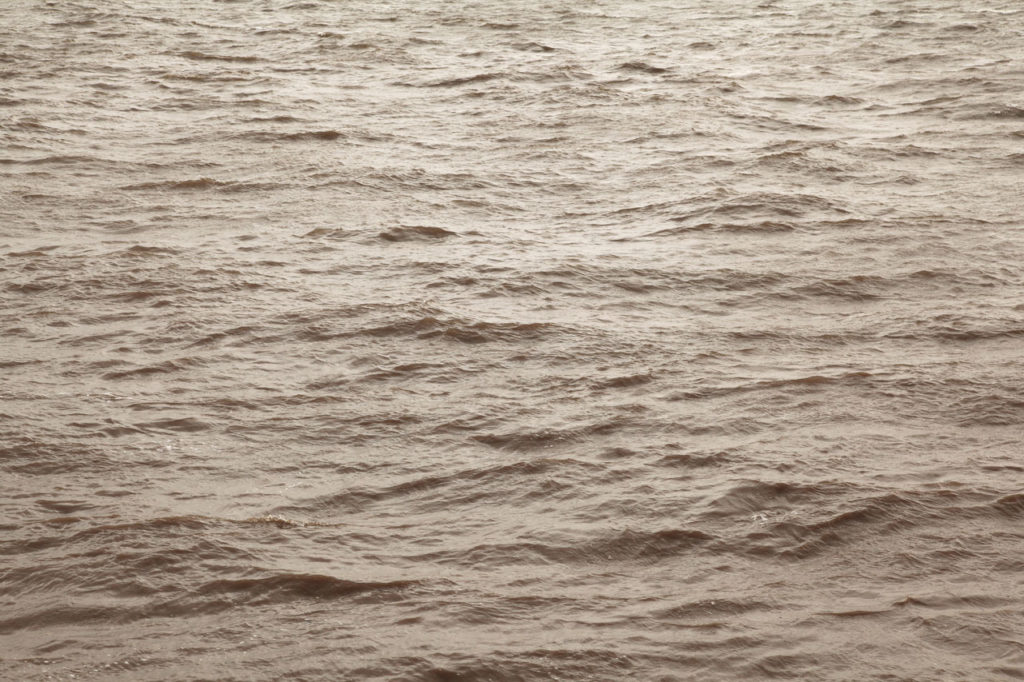
Time’s up
Shipowner associations have long lobbied for delays in the implementation of the full letter of the ballast water convention. First on the basis that the convention’s initial deadlines were impossible to meet, as type approved technologies did not exist, then because the bottleneck would make it impossible to retrofit tens of thousands of vessels.
Is this bottleneck now getting looser with a growing number of existing ships having systems retrofitted and newbuildings in service with systems already installed?
It is just as likely that time will solve the ballast water convention problems rather then new wording on official codes and conventions, as soon we may have a global fleet that is constructed with systems already installed rather than retrofitted. The convention problems may be solved, but the environmental ones will not have been.
Information resources:
IMO Circular on guidance for the commissioning testing of ballast water management systems.
List of ballast water technology systems type approved under new IMO code.























